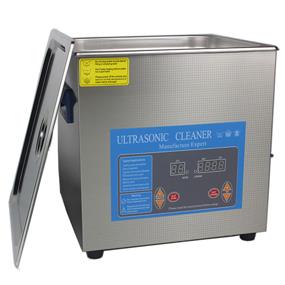
Ultrasonic cleaning machine
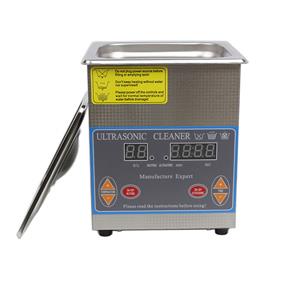
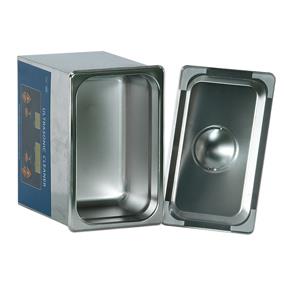
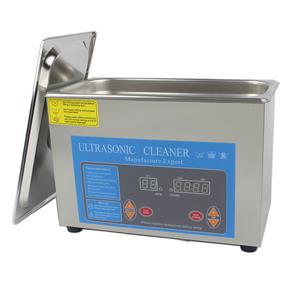
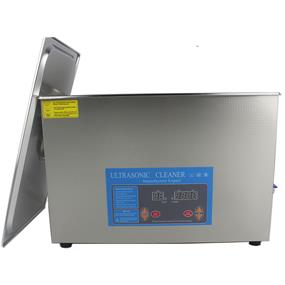
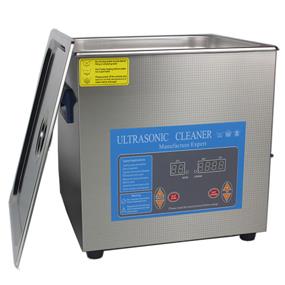
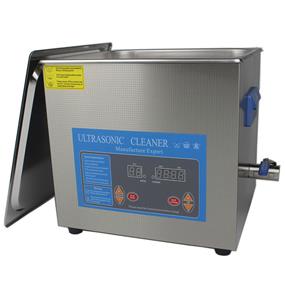
Ultrasonic waves propagate in the liquid, causing the liquid and the cleaning tank to vibrate together at the ultrasonic frequency. When the liquid and the cleaning tank vibrate, they have their own natural frequency, which is the frequency of the sound wave, so people hear the hum. With the continuous development of the cleaning industry, more and more industries and enterprises use ultrasonic cleaning machines.
according toUltrasonic cleaning machineThe working principle of the ultrasonic generator is that the high-frequency vibration signal sent by the ultrasonic generator is converted into high-frequency mechanical vibration by the frequency converter and transmitted to the medium cleaning solvent. Ultrasonic waves radiate forward between the dense phases of the cleaning liquid, causing the liquid to flow, producing tens of thousands of tiny bubbles with a diameter of 50-500μm. The tiny bubbles in the liquid vibrate under the action of the sound field. These bubbles form and grow in the negative pressure zone where the ultrasonic wave travels longitudinally. In the positive pressure zone, when the sound pressure reaches a certain value, the bubbles increase rapidly and then suddenly close. When the bubble is closed, a shock wave is generated, and thousands of atmospheres are generated around the bubble, which destroys insoluble dirt and disperses it in the cleaning liquid. When the component particles are wrapped by oil and adhere to the surface of the cleaning part, the oil will emulsify and separate the solid particles, so as to achieve the purpose of cleaning the cleaning part. In this process known as the "cavitation" effect, the closure of bubbles can form a high temperature of several Baidu and a high pressure of over 1000 atmospheric pressure in an instant.
The advantages of the ultrasonic cleaning machine are: the ultrasonic cleaning effect is good, and the operation is simple. The sound that people hear is a 20-20000 Hz sound wave signal. Sound waves with a frequency higher than 20000 Hz are called ultrasonic waves. The sound wave propagates longitudinally according to a sinusoidal curve, producing a lot of small bubbles. One reason is that the local tensile stress in the liquid forms a negative pressure, and the decrease in pressure makes the gas originally dissolved in the liquid supersaturate, and then escapes from the liquid to form small bubbles; the other reason is that the strong tensile stress tears the liquid apart "Into a cavity, this is called cavitation.

